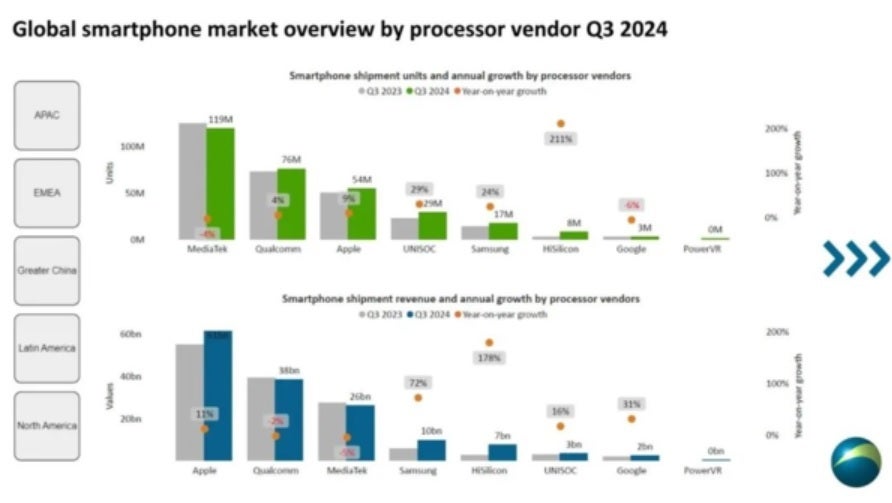To calibrate a testing machine, you must verify the accuracy of the force and displacement measuring equipment. Calibrating an instrument means comparing it to another instrument that is already calibrated. This validates its accuracy and establishes the measures’ traceability. Find more on this page.
What’s the need? Why should I do this?
During quality control, we test the product’s materials using machinery before distributing it. Frequently, a product must “pass” a test by having its test results fall inside a certain range of values.
If the calibration certificates for the system have expired, running these validation tests could produce inaccurate results. This could lead to the corporation selling goods that don’t meet the standards.
How Often Should I Calibrate My Equipment?
Every year, users should check their calibration certificates to see if any devices are less accurate. This reduces the risk of generating invalid results.
Accredited calibration certificates normally expire after one year. ADMET suggests calibrating measurement devices in materials testing systems every year.
For example, machines with moving parts (such as abrasion or flexing machines) need a minimum annual calibration of these parts. In contrast, solid metal parts that don’t wear may not need remeasuring for five years after calibration.
How is Calibration Performed?
The reference points of the measuring equipment are compared to a device calibrated to a recognized traceable standard laboratory when a materials testing machine is calibrated.
Internationally recognized standards are used to determine the calibration techniques. For instance, ASTM E4 outlines calibration processes for tension and compression forces.
What tools do I need to test and calibrate?
You may need different tools to test and calibrate your equipment installation tools, depending on their type and complexity.
A multimeter, for example, can measure voltage, current, resistance, and other electrical parameters.
Of course, we must also calibrate these tools to ensure they maintain an acceptable accuracy. ISO 17025 and ISO 9000 require traceability to national standards for testing and calibration labs.
What do we need to calculate?
For example, is a rule correct to one or five millimeters, or does a balance read correctly to the nearest gram or ten grams? This vital information will be gained if the equipment is compared against a correct reference.
Nevertheless, for some complex machines (including many items of footwear test equipment), the aspects that require calibration or to what accuracy they must operate may need to be clarified.
The parameters required for machine calibration should be specified in the test methods used.
How do you verify your testing and calibration results?
To verify your testing and calibration results, you must repeat the process with another reference, standard, or tool of the same type and quality.
You must also check for any signs of wear, tear, corrosion, or contamination that may affect your tool’s performance. A considerable investment may be necessary to purchase the required calibration equipment.
Maintain Records
A critical component of the calibration process is keeping thorough records of all calibration actions. Records that are kept up-to-date are necessary for audits and inspections.
To verify the accuracy and traceability of the equipment, auditors may examine calibration records.
Stay Up to Date
- Update your knowledge of the standards and laws that apply to calibration.
- Review your calibration schedule and processes periodically and make any necessary revisions.
To calibrate the instrument, it is used to test known values called “calibrators.” These results create a connection between the measured values and the instrument’s measuring technique.
FAQs
Q. Do specific industries have any legal or regulatory criteria for calibration?
Healthcare, aerospace, and automotive industries have strict rules for calibrating testing equipment. It’s crucial to be aware of and follow certain regulations that are relevant to your sector.
Q. What is the calibrating cost, and is it a cost-effective investment?
The price of calibration can change based on how complicated the equipment is and its calibration. Investing in good testing equipment is smart because it stops expensive mistakes and recalls.




